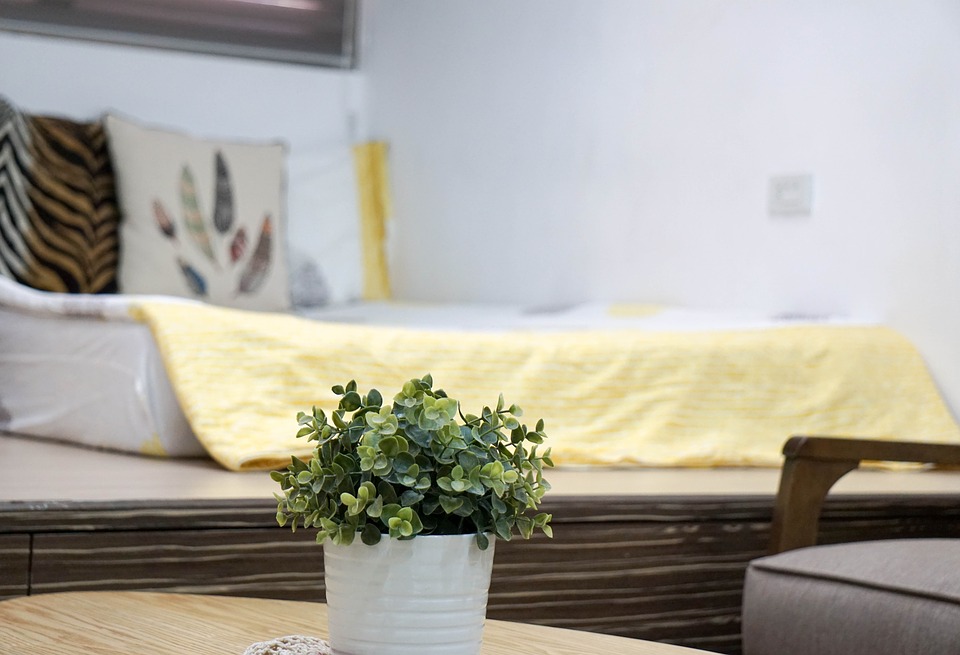
Upcycled furniture is a better option for the environment, can be a powerful and individual statement.
Nowadays there is more and more recognition of the impact environmental damage and greenhouse gases have on the planet and directly on the lives of all of us with climate change, rising temperatures and the loss of irreplaceable natural environments.
This is where the ever-increasing popularity of ‘upcycling’ can make a measurable difference. Re-using existing furniture items is certainly a benefit in that waste is eliminated. There are, however, more advantages to the upcycled furniture than just that.
Upcycling is the process of taking existing items and not simply recycling them, using them as is, but adding further value to the item and potentially creating something completely new. We will look at the advantage of the new creation in a bit.
Brand new wooden furniture involves a whole supply chain in its manufacture. Timber is logged, not always from sustainably maintained groves. This must be transported from point of growth to the point of processing with further environmental consequences along the way. The raw timber is then cut, sawn and shaved usually by pollution generating machinery.
A report by ‘My Tool Shed’ concluded that the average furniture item was responsible for around 47 kilos of carbon dioxide or equivalents. In other words, the same amount of green house gas as burning 5.3 gallons of petrol. Although you might assume it is mainly pieces such as sofas with the attendant fillings of foam or other materials that are responsible you might be surprised. Wooden filing cabinets came in at an environmental impact of 48 kilos.
Being good for the planet does not mean accepting lower quality furniture than you could otherwise obtain. Because the upcycled items may be something completely new there is the freedom to create unique, even bespoke items.
Very often the producers of upcycled items are particular about the constituent materials. It is not uncommon to find that the woods involved are well aged hardwoods which will be a lot tougher and more resistant to both climate and general wear than greener, newer timbers. A good example is the Pamplona range by Kalusto Furniture where the reclaimed wood is typically fifty to one hundred and fifty years old. Good, weathered materials such as those where the moisture content is much lower are a particularly good option for lasting and original works of furniture art.
In addition to sourcing older raw materials there is another common denominator with many producers of upcycled furniture. They often use skilled, traditional craftsmen to create the pieces. This independence from the larger, more wasteful commercial factory operations tends to have a lower environmental footprint as well.
In summary that upcycled table or chest of drawers that catches your eye may not just be good looking and a real conversation piece. It could also be a way of helping keep down the negative effects we have on the planet we all share. In future it is likely that more and more of the items we see will be upcycled to satisfy both or want to be kinder to nature and to own furniture that is gracious but long lasting and sturdy.




